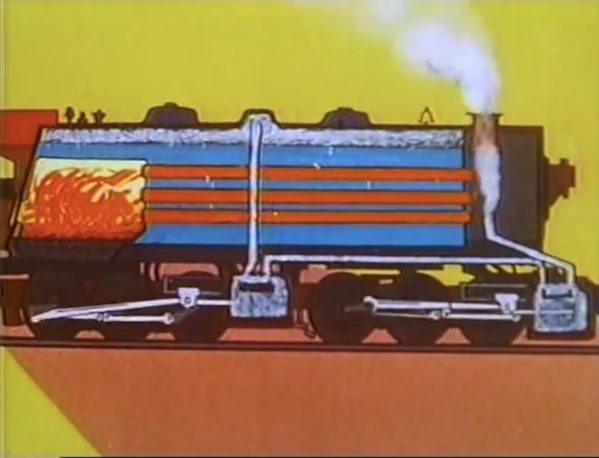I was talking with fellow train enthusiasts today,
Someone mentioned that a compound articulated steam loco would only make a 4 chuff beat.
Reason why (I already knew), the rear set of cylinders pressure is reused in the front cylinders. Then the front set of cylinders would be releasing the pressure out the stack.
Doesn’t that mean you would only hear the 4 beat chuffing from that front set of cylinders correct?
For some reason I never thought of this and its a duh moment for me.... is this whole theory wrong?






